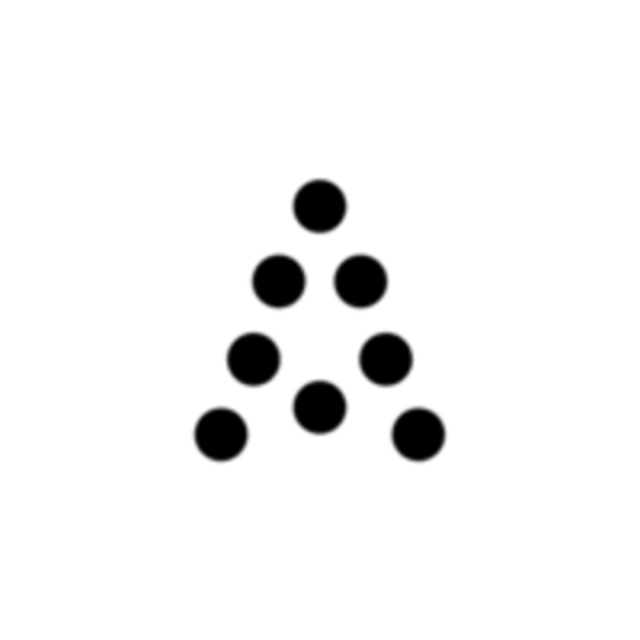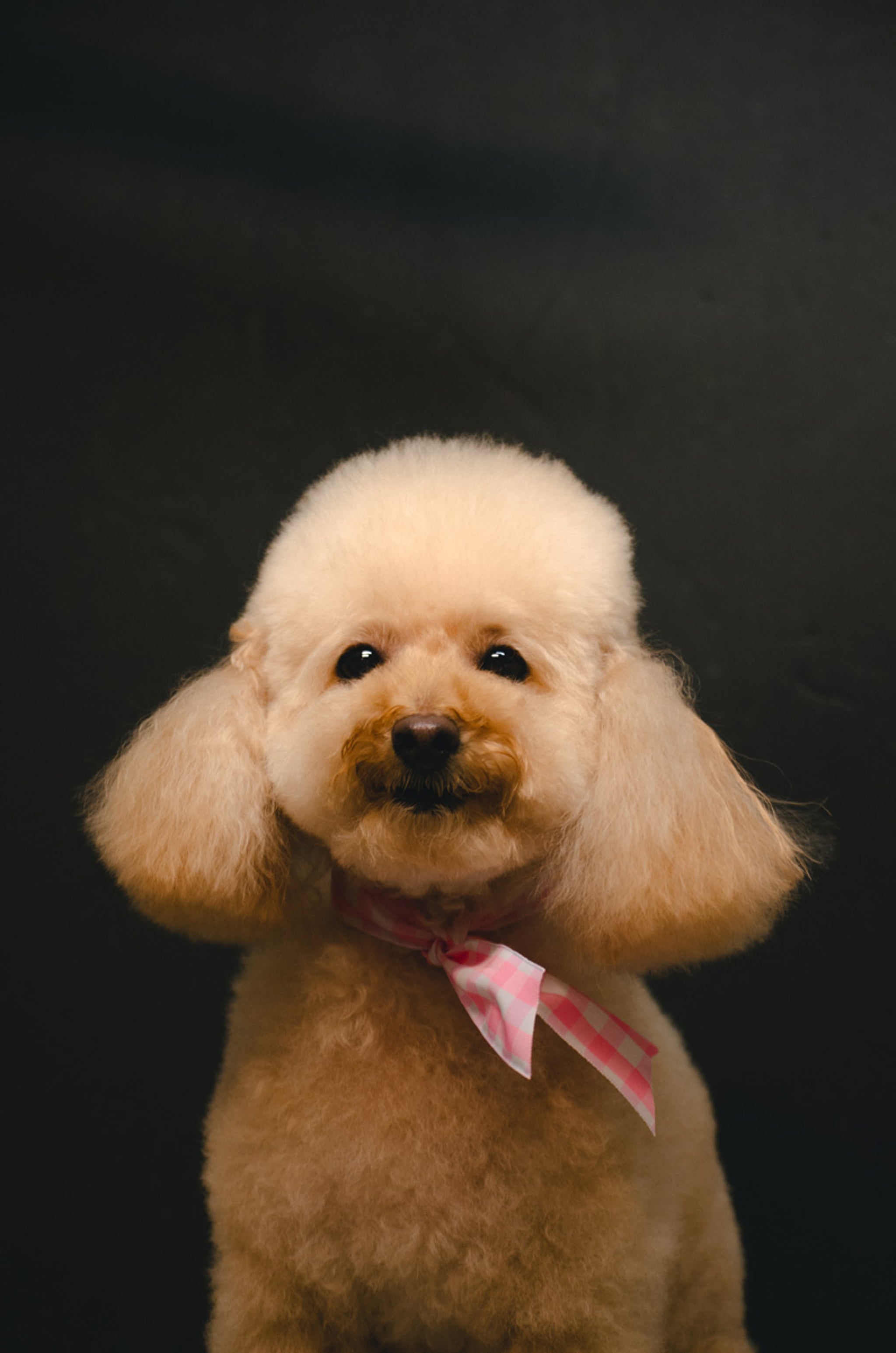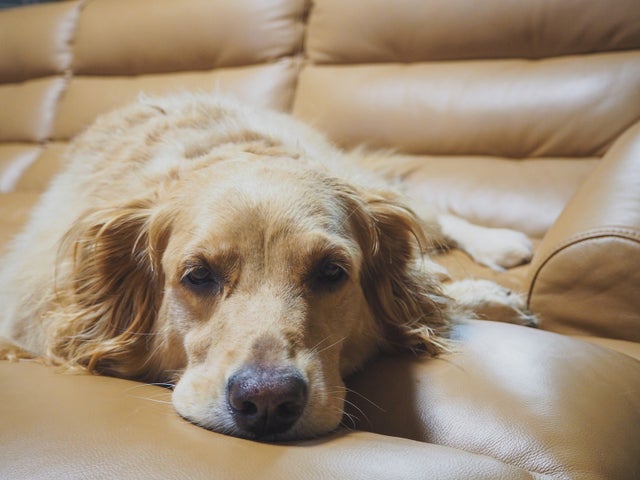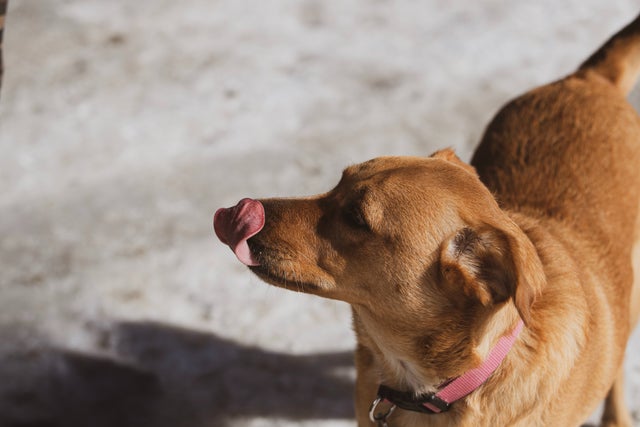Hairless Dogs
Some dogs have hair in some places and not in others. The hair on their body can be cared for according to the classification below, but for hairless spots, skincare is more important. You should protect your dog from sunburn by using a sunblock that is safe for dogs. You can also use lotions and shampoos designed for dogs to prevent the skin from getting dry, flaky, or itchy. Consult with your veterinarian for their advice on which products to use. Many hairless dog owners put clothing on their dogs, especially in cold weather and to protect them from UV rays during the day.
Short Coats
Short coats lay close to the dog’s skin. It’s best to brush and clean regularly to distribute oils. Dogs with short hair may not appear to require brushing as frequently as longer hair breeds, but it is beneficial to their skin. You can use a pin brush, a bristle brush with flexible bristles, or a fine-toothed comb to remove dander and get any dead hairs out of the coat. Another option for this coat type is rubber grooming gloves. Always check their hair if they have been playing in grass or thick woods. When bathing, use shampoo and conditioner, then towel dry immediately and let the hair air dry.
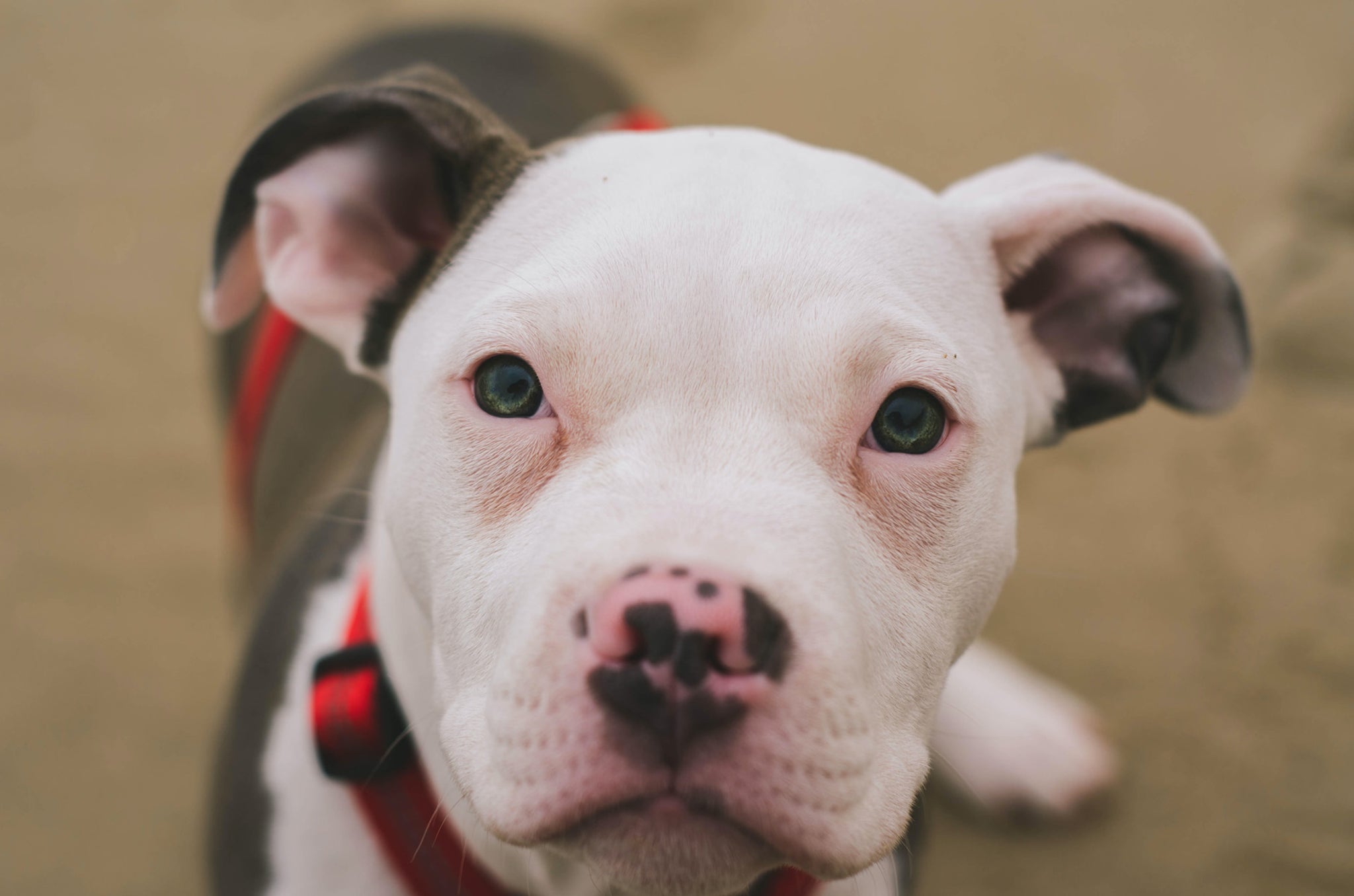
Medium Length Hair That Sheds
This applies to most retrievers, whose coats shed a lot. Depending on the breed, your dog may shed once a year, twice a year, or all year round. You want to use a comb or stiff bristle brush to remove matts and always try to remove them before a bath. Daily brushing will likely benefit your dog, regardless of the breed, and will help you spot knots and unwelcomed visitors like fleas and ticks. You may need to give extra attention to areas that move the most in running, such as joints, behind armpits, and between legs. These areas are most prone to clumping and knotting. A pin brush can be used at the end of grooming to catch loose hairs.
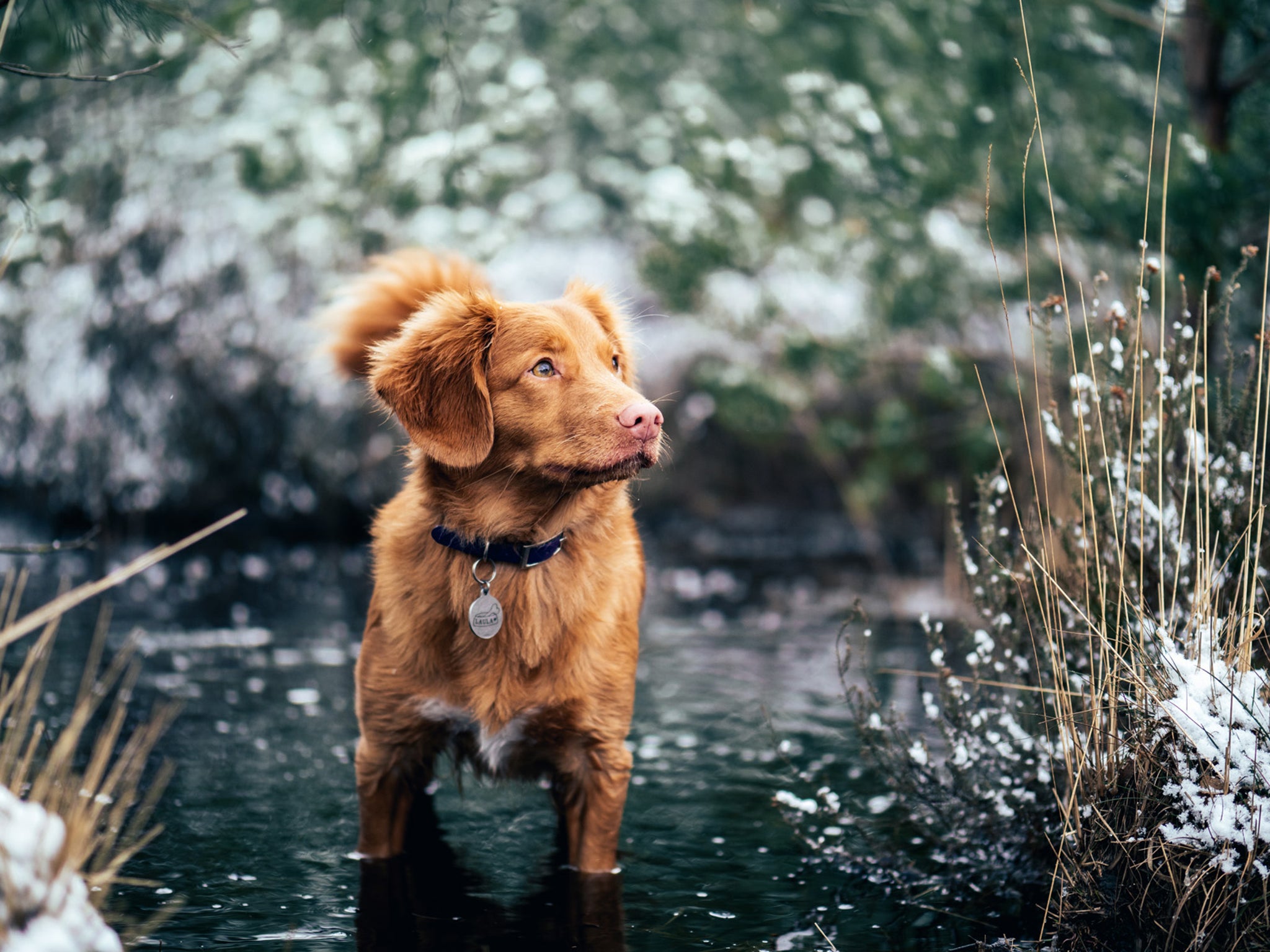
Long Hair
Dogs with long hair, like collies, should be brushed with long-tooth combs featuring offset rows. It’s important to have the correct tools to carefully remove knots and matting. Long haired dogs should be brushed daily to prevent knotting and promote growth. Brush dogs with long hair from the skin to the ends of the hair and do not ignore knots. You can try to use conditioner to smooth out a stubborn knot, but do not bathe your dog before the knot or matt is resolved, as they become even more difficult to comb after getting wet. A pin brush can be used at the end of grooming to remove any loose hairs.
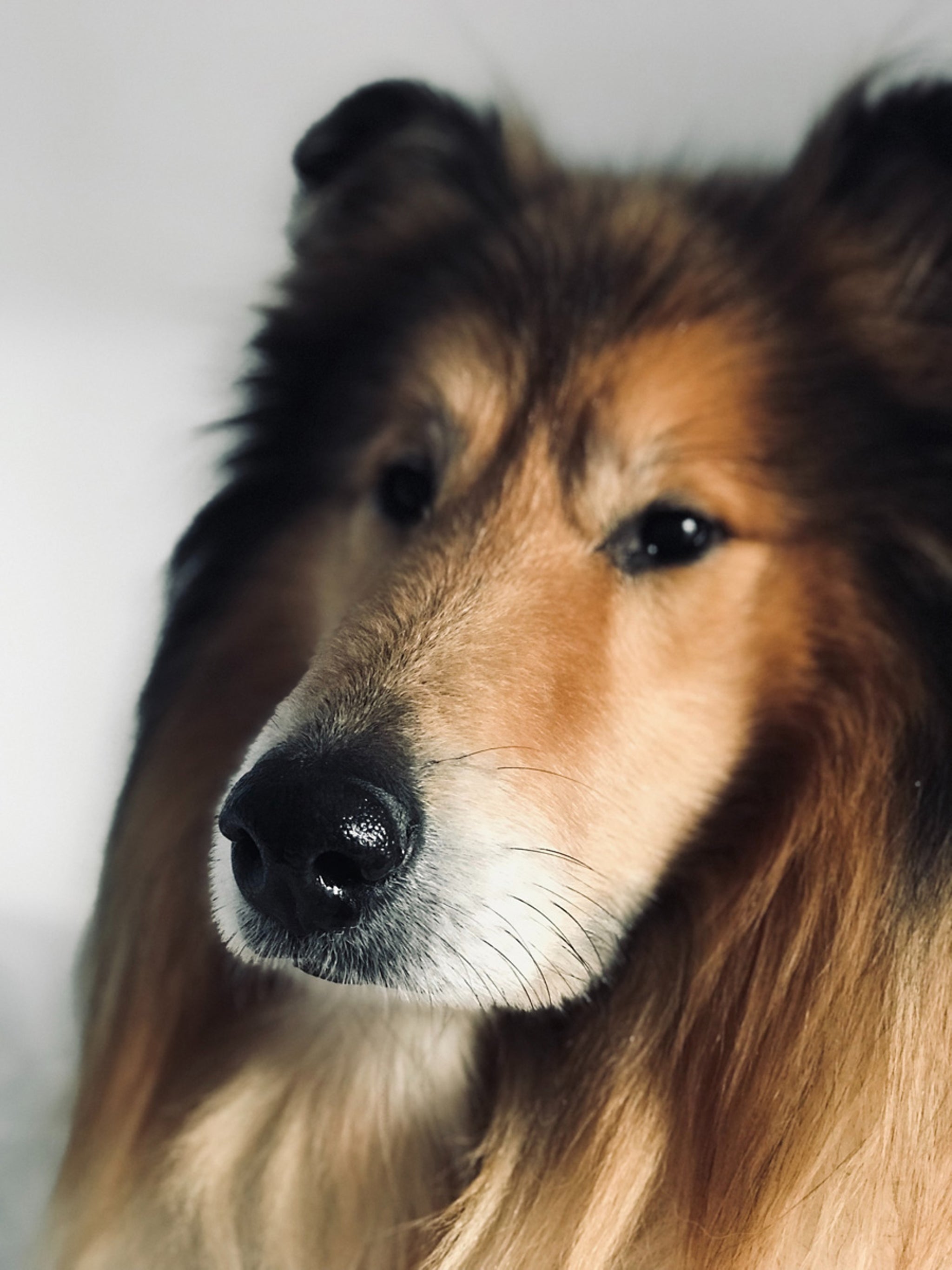
Wiry and Curly Hair
Wire-haired dogs have coarse, thicker hair that does not shed. The hair must be brushed out from the skin to the ends to avoid matting and knotting. Hair that falls out should be combed completely out to avoid matting as well. Wire-haired dogs are usually groomed by a professional to maintain the quality of the coat.
Curly-haired dogs like poodles also don’t shed, but they need their hair combed daily. They have thick coats, prone to leaves and twigs getting tangled. It is recommended that you use a slicker brush with a flexible handle for curly coats. The flexible handle allows you to maneuver and the slicker brush is good for thicker coats, but you must be gentle. Too much pressure could cause discomfort from the small needle-like bristles. When you shampoo your dog with wiry or curly hair, you may want to dilute the shampoo with water so it’s easier to work through the coat, and be sure to condition after to restore any lost moisture. Dogs with thicker hair may be more comfortable in the summer if shaved. But keep hair at least an inch long to protect skin against sunburn.
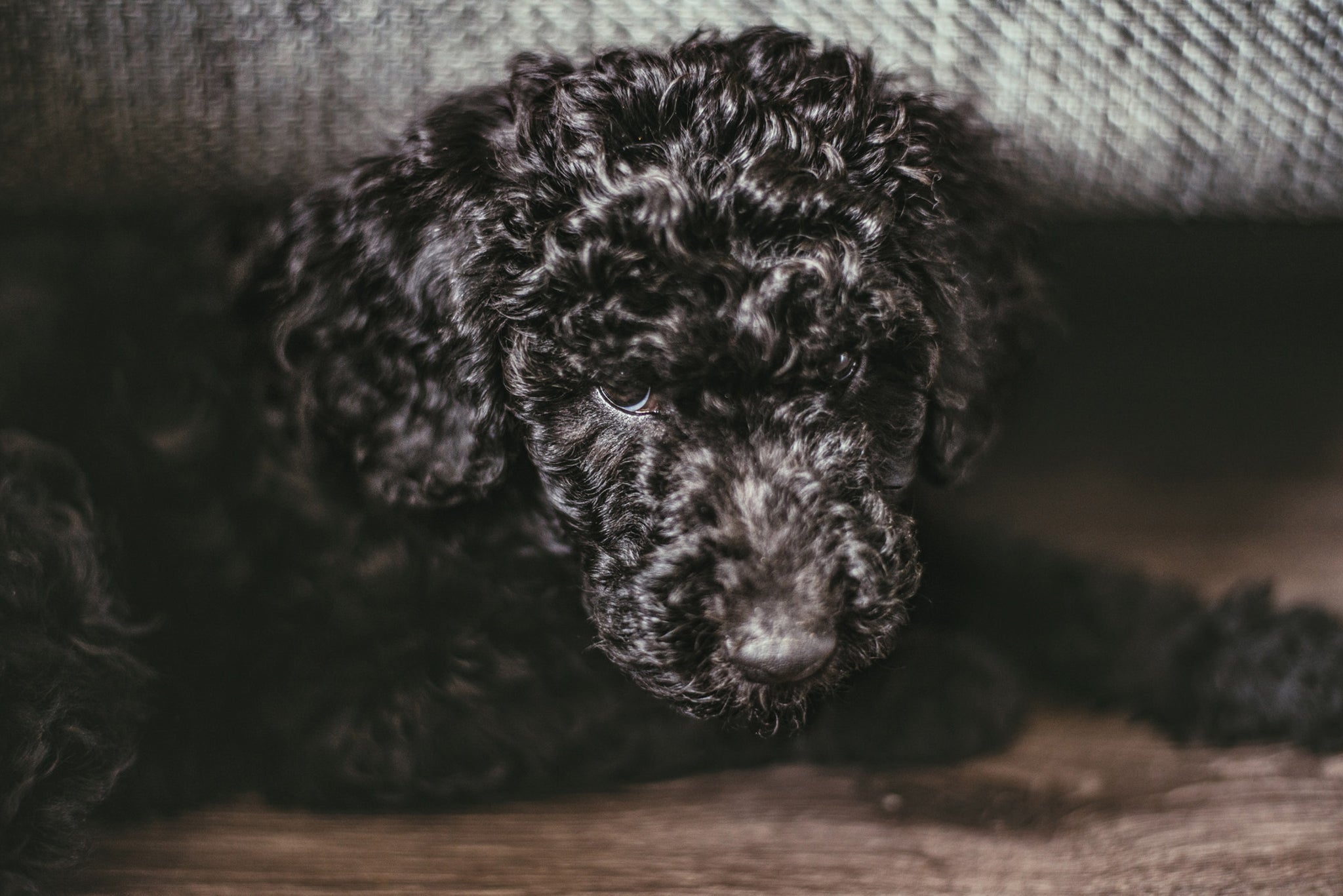
Double Coated
Breeds like Malamutes, Siberian huskies, and some retrievers have a double coat—an undercoat that keeps them warm and an outer coat for protection. The undercoat will shed out once or twice during the year. The rest of the year, shedding will be lighter. It’s recommended that you use a rake for thick-haired breeds. They usually accumulate dead undercoat fur in shedding season, which should be removed to promote healthier growth. You must brush from the skin to the ends of the hair to remove dead undercoat and prevent matting. The rake is good for combing out debris, but it’s imperative to find the rake size that corresponds to your dog’s hair length.
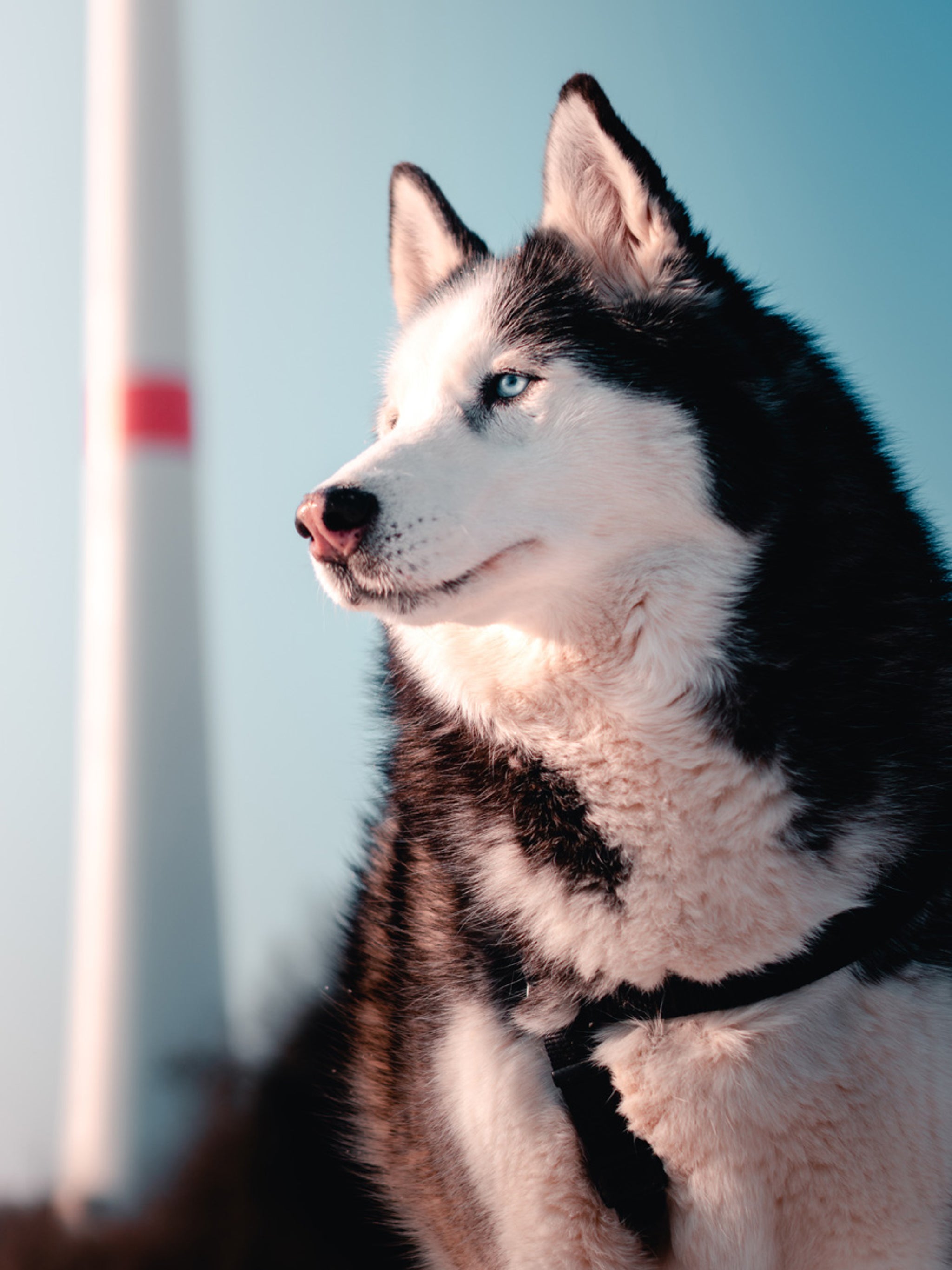
Knots
If your dog gets a twig or brush stuck in their coat, you may be able to remove it and brush the hair through around the area. However, some cases are more severe and may cause serious knotting and matting that must be cut out of the coat. If the tangle was missed and neglected for a bit, it may cause skin irritation, which should be brought to the attention of your veterinarian.
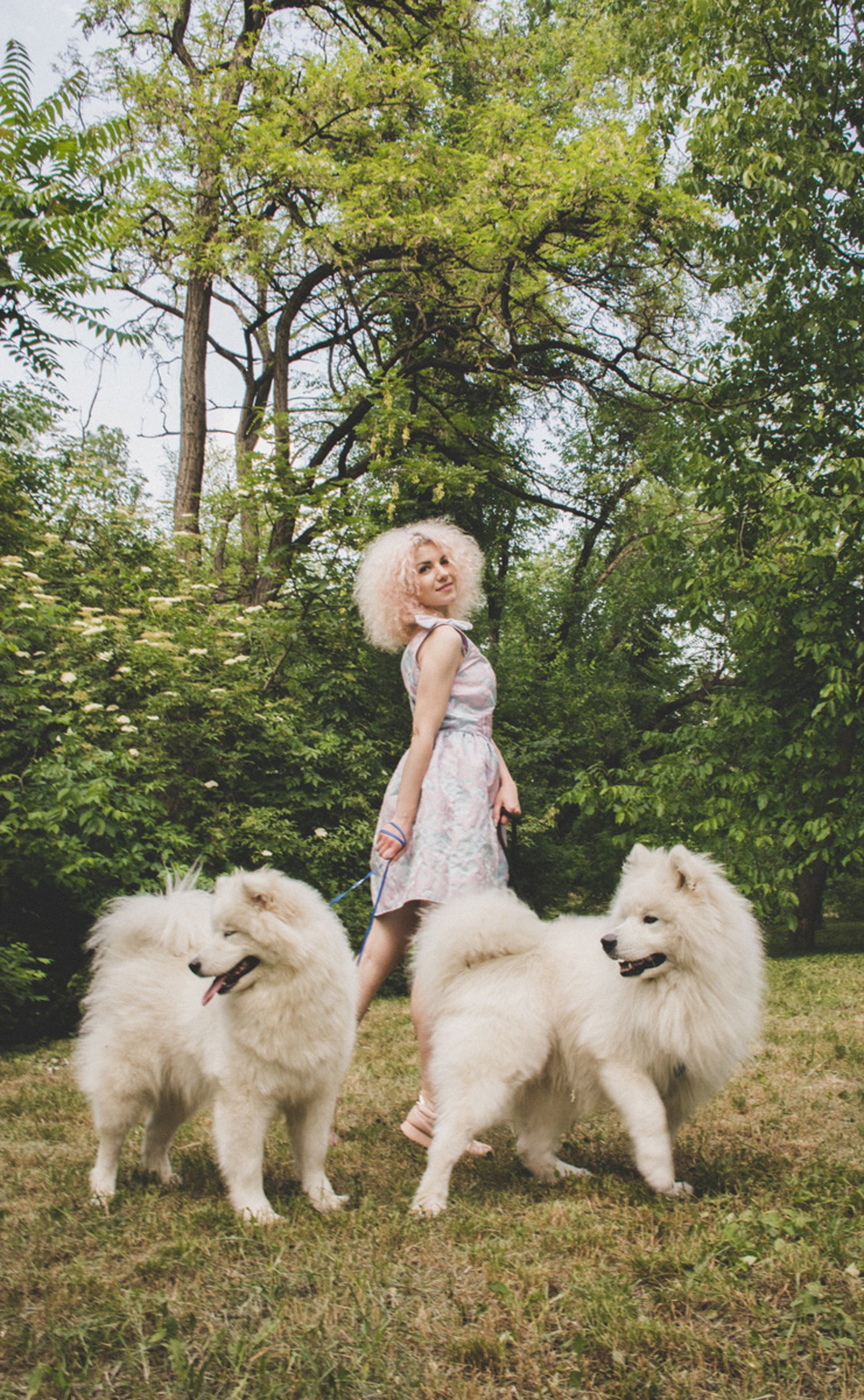
Diet
Diet plays a big role in your dog’s coat health. It’s essential for them to get proteins, carbohydrates, vitamins, and other nutrients to grow a healthy coat resistant to breakage. Some dogs may even benefit from omega-3 supplements, but consult your veterinarian before giving your dog anything new.
